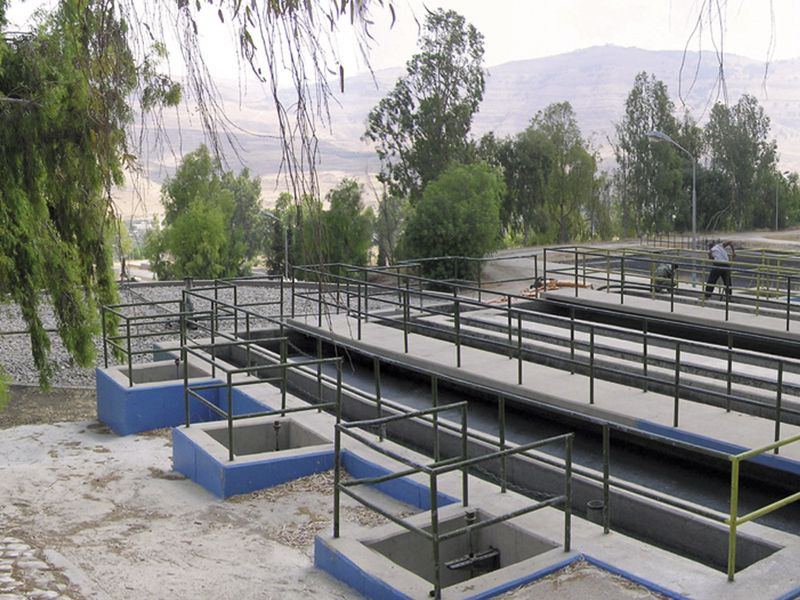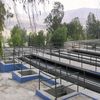Amman, Karak, Kofranja, Ajloun:Upgrading and expansion of the Karak and Kofranja Wastewater Treatment Plants, Jordan
Disciplines
-
Hydraulic Engineering
-
Sanitation
Companies
Dorsch International Consultants
Client
Water Authority Jordan (WAJ), Ministry of Water & Irrigation
Duration
From 2007 to 2011Project Activities
Stage A
- Engineering Review
- Preliminary Design
- Options for WWTP extension
- Supervision sewerage network extension
- Preliminary cost estimate
- Environmental Assessment
- Final Design and Preparation of Tender Documents
- WWTP extension
- Supervision sewerage network extension
- Bill of Quantities
- Cost estimate
- Environmental Assessment
- Compilation of Tender Documents
- Coordination of PQ
- Pre-Contract Services
- Carry out tender procedures
- Assistance during tender period
- Tender evaluation
Stage B
- Supervision of works
- Testing and inspection of equipment
- Contract completion
Contact
Dorsch International Consultants GmbH
München (Headquarters)
80687 München
Germany
Phone: +49 89 5797-0
Fax: +49 89 5797-800
E-Mail: info@dorsch.de
Description
The sewerage network and WWTP in Karak and Kofranja have been operational since 1986.
In Karak the wastewater flow is now almost double the former design flow (1400 m³/d vs 800 m³/d).
In Kofranja this is even more than double (4100 m³/d vs 1800 m³/d).
As a result the wastewater is not sufficiently treated.
The project comprises upgrading and extension of both WWTPs as well as the extension and the partial renewal of the sewerage networks.
In Karak an average wastewater flow of 5621 m³/d is expected for 2030, in Kofranja this is 8995 m³/d.
The total length of the existing sewerage network in Karak and Kofranja is about 37 respectively 118 km.
The sewerage systems are nominally separate, with some rain water connections and are gravity based.
In Karak inverted siphons are necessary to transfer the sewage from a collection tank to the WWTP.
An extension of about 100 km is planned for Karak respectively 24 km for Kofranja.
The existing facilities of the WWTPs are not old and, although some of the equipment is in need of renovation, the civil structures can be used and incorporated into the new design.
Both WWTPs are situated on a hillside and the ample available hydraulic head can be used to keep the energy consumption low.
The existing facilities include a manual screen, a grit channel, Imhoff Tanks, trickling filters, final settling tanks, chlorination and sludge drying beds.
The effluent from the WWTP is used for agricultural irrigation.
Several alternatives for extension of the activated sludge treatment are studied, including construction of new Sequence Batch Reactors.
Because of the very low nitrogen levels required in the effluent, nitrogen removal is an important issue in the project.
The effects of the project on the environment will be evaluated in an environmental impact assessment.

